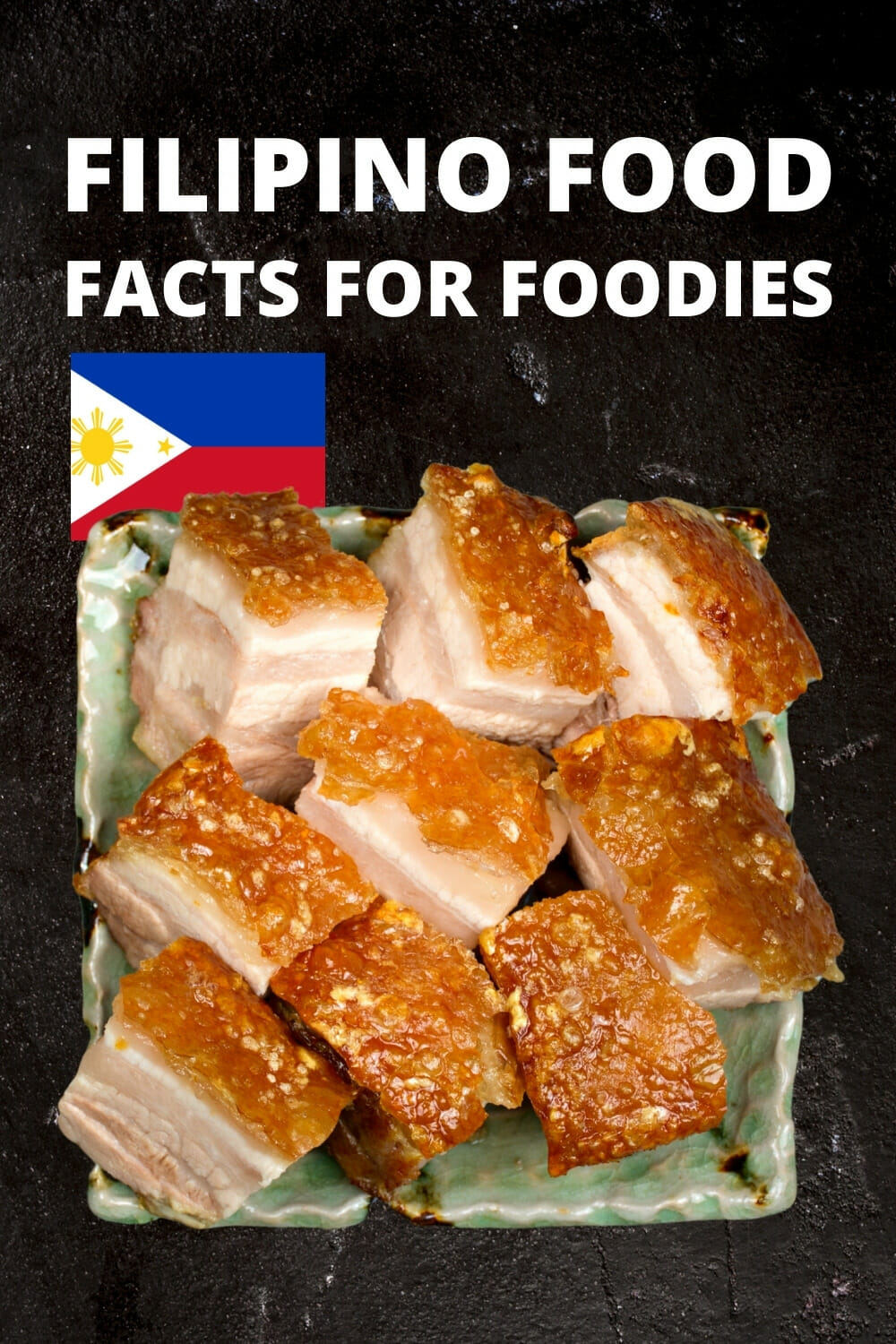The Philippines archipelago comprises around 7,000 islands, each with its own history, culture, and identity. Filipino cuisine reflects the influences of Spanish, British, American, and Japanese colonization, as well as significant influences from Chinese, Mexican, and Pacific Island cultures, all of which are visible in traditional and contemporary dishes.
Unlike other Asian cuisines, Filipino food is typically presented as a single dish or single presentation. Rather than teasing with multiple courses, a Filipino meal is more inviting when all the food is served at once.
In many ways, this is how Filipino food reflects Filipino culture. When multiple dishes are served at the same time, it is common for contrasting flavors to be served next to each other. The sweetness of chocolate rice porridge next to the savory taste of fried salted fish. Considering the different landmasses and the historical ties with many nations, it is easy to understand why the cuisine is so diverse and offers such a varied palate.
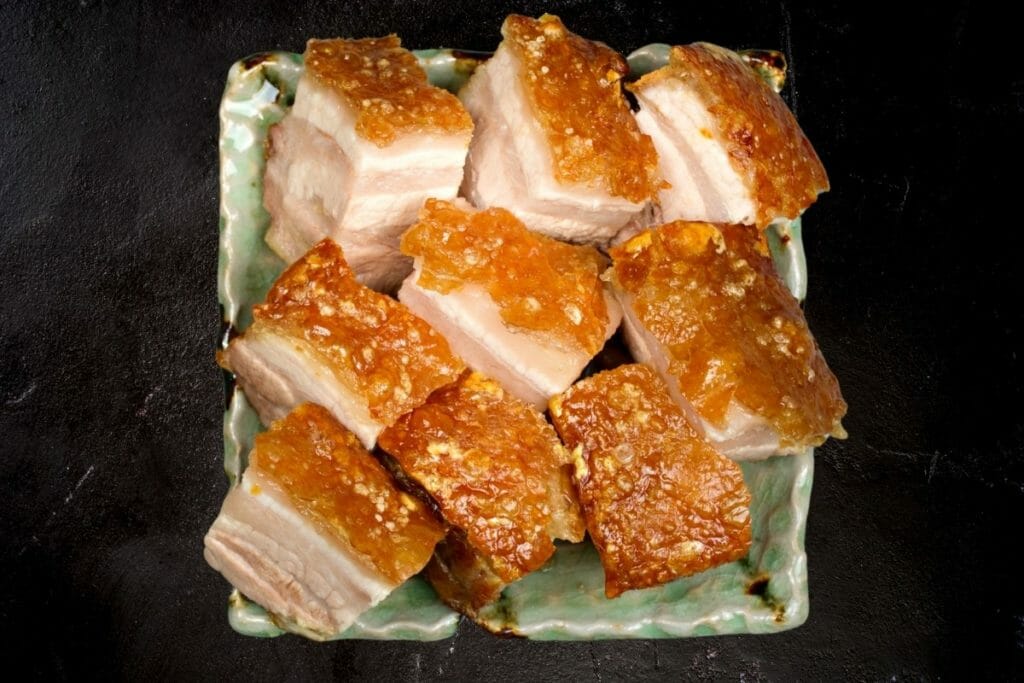
Filipinos rely on food as somewhat of a constant. As supply, demand, and seasons change, food remains a pillar of culture. In spite of differences in lifestyle, beliefs, and even language, Filipino food is considered a common bond. Food unites people, regardless of differences. In Filipino culture, the phrase ‘Have you eaten yet?’ is just as common as simple greetings and gestures.
Many people instantly think of the popular boxer and politician Manny Pacquiao when they think of the Philippines. However, with his boxing career over and the nation's culinary exports gaining in prominence, adobo, lechon might soon be the first things that come to mind in the future.
Let's explore Filipino cuisine, the culture that brought it to life, and the impact of history on the Filipino diet.
Rice is big business
Due to the Philippines' rich and varied climate, an endless variety of crops can be grown in great quantity, and of course, in high quality!
Filipinos love rice and the country grows tons of it. Almost 12 million metric tons of rice were produced in 2019/2020. That makes it the eighth biggest country by rice production, yet only twelfth by population size. It's a staple food of the Filipino diet and is consumed in a variety of ways. According to the country's Department of Agriculture, rice production is critical, and the agency wants it to grow in the future. You can usually find rice on a Filipino dinner table all day, or at least cooking on the stove.
Filipino food is both rice-heavy and resourceful. And there’s no better embodiment of that than sinangag. This local rice dish usually makes use of leftover or slightly fermented rice re-fried with minced garlic. It is internationally known as ‘garlic fried rice.’
The leftover part might seem trivial but this actually shapes the flavor with a slight fermentation and a firmer texture having been previously cooked.
While some swear by sinangag for a traditional Filipino breakfast, it’s common to see this fried rice consumed for other meals of the day. The popularity and availability of the ingredients have seen the dish travel to neighboring countries like Indonesia, Malaysia, and Singapore.
Glutinous rice sweets like puto give a sweet spin on rice often served with savory dishes. These steamed rice flour cakes are bite-sized and fluffy, suitable as an all-day snack. Puto kutsinta, biko, bibingka, suman, and other types of local rice cakes also fall under the puto category. There is also an umami take on this beloved rice cake called puto pao, which is filled with savory sweet meat.
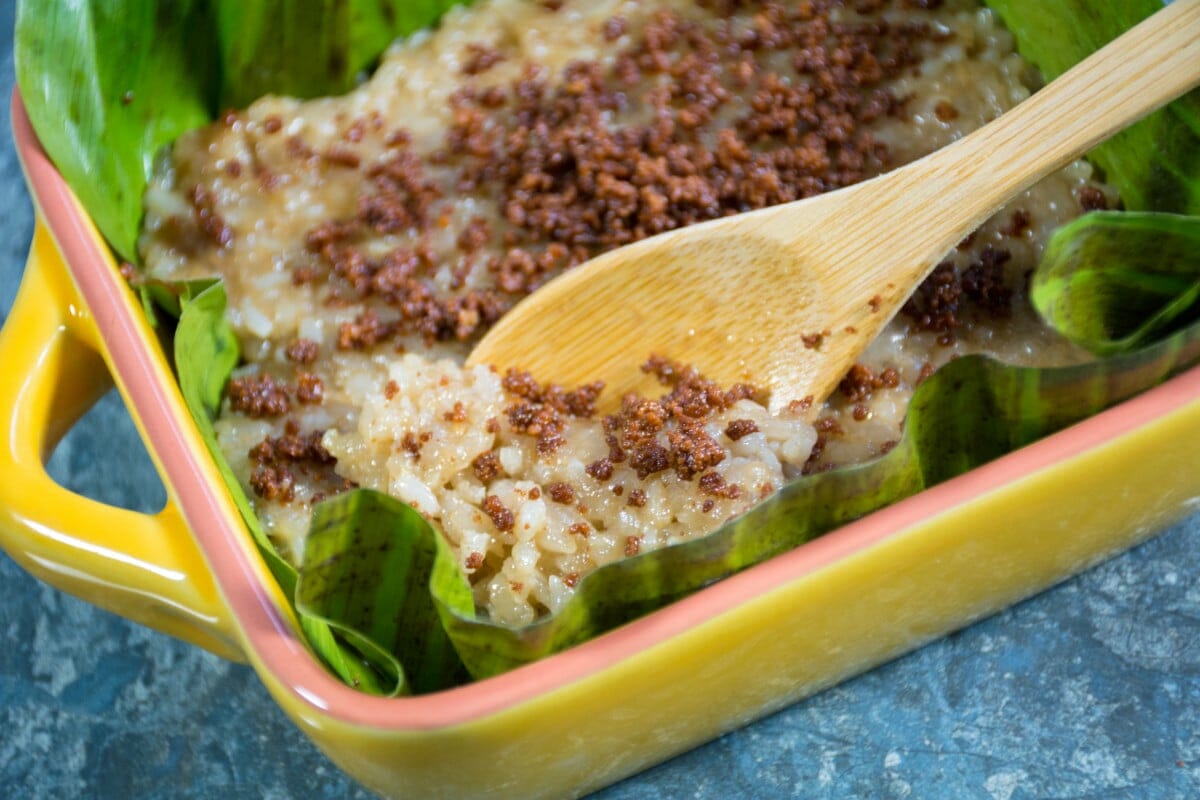
3rd place in world coconut production
Data from 2020 suggest that the Philippines is the third-highest nation for coconut production, just below Indonesia and India. The latter only surpassed the Philippines recently with all prior records placing them below. The Philippine government even set up its own culinary arm to help foster and enhance coconut growth – the Philippine Coconut Authority.
Coconut flesh, known as buko, is usually grated and used in multiple local desserts such as sweet coconut pie with a rich egg custard filling. Even though it can also be eaten directly on the spot, the traditional way to enjoy it on the street is with an ice-cold cup of buko juice.
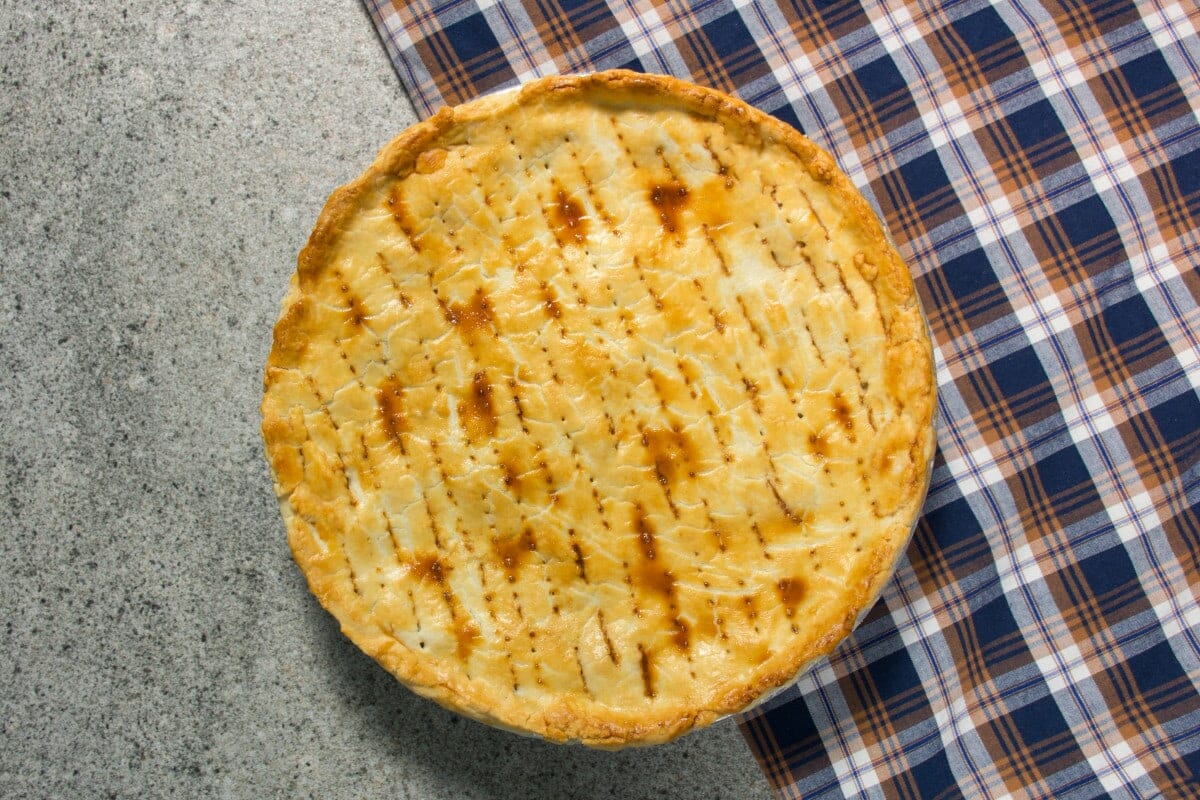
The popular coconut milk sauce known as gata is also drizzled in a variety of sweet and savory Filipino dishes like sweet steamed rice cakes, sweet cocoa rice porridge, and chicken curry.
Philippines Pepper Power
While its pepper production is not as prolific as that of rice and coconuts, the Philippines is the birthplace of two notable chili peppers. These are siling mahaba (or just haba) and siling labuyo. It may come as no surprise that sili is the local word for chili. Both types of pepper are commonly used popular Filipino dishes, and both are rated ‘very hot' on the Scoville scale, with the labuyo cultivar hitting 100,000 units.
These chilis are also the star ingredient of sweet and spicy sauces like spiced vinegar and other dipping sauces like plain fish sauce.
Banana Ketchup is a thing
Bananas are also plentiful in the country. The Philippines ranks as the sixth-largest banana producer in the world, producing around six million tons of this fruit every year. While eating bananas raw is common, Filipino cuisine also uses them creatively. With its sweet and slightly sour flavor, the quirky banana ketchup pairs well with mainstream Filipino dishes.
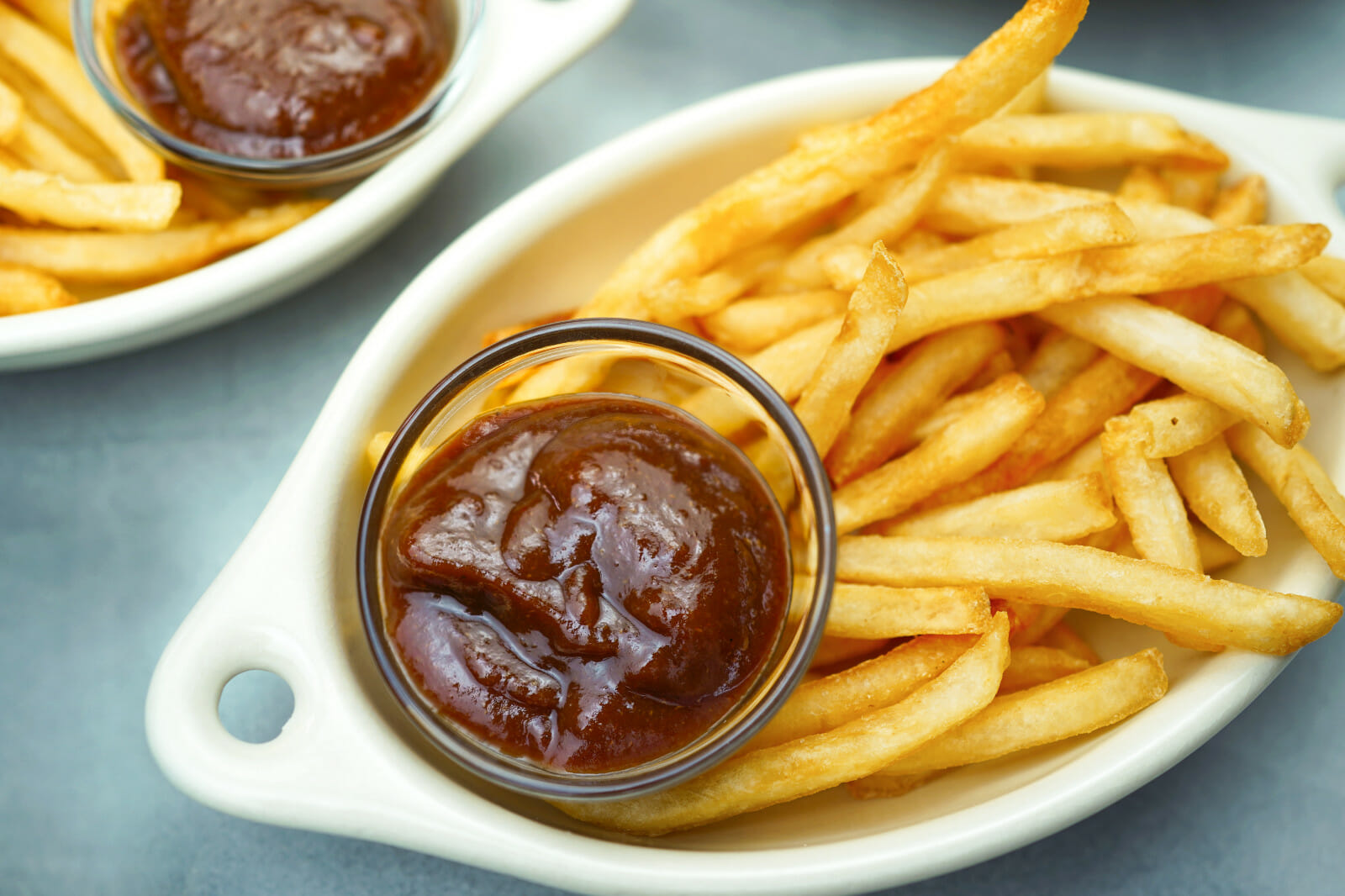
The fruit is also savored as a popular afternoon snack, the crunchy bananacue, sold together with a sweet potato version. Bananas can also be served in spring rolls or grilled. We'll talk about delicious spring rolls later!

Pork is king
Pork is the most popular source of protein and it appears in all sorts of Filipino dishes. The garlic-flavored soy sauce dish adobo, sweet or spicy sausage longganisa, and rice dishes like kiampong all feature the world's 2nd most consumed meat. Pork broth and pork fat are also common in dishes that don't include the meat itself, and even in fish and vegetable dishes like kinilaw and pinakbet.
When you go to the Philippines or a Filipino restaurant, you’ll most likely eat pork in some capacity!
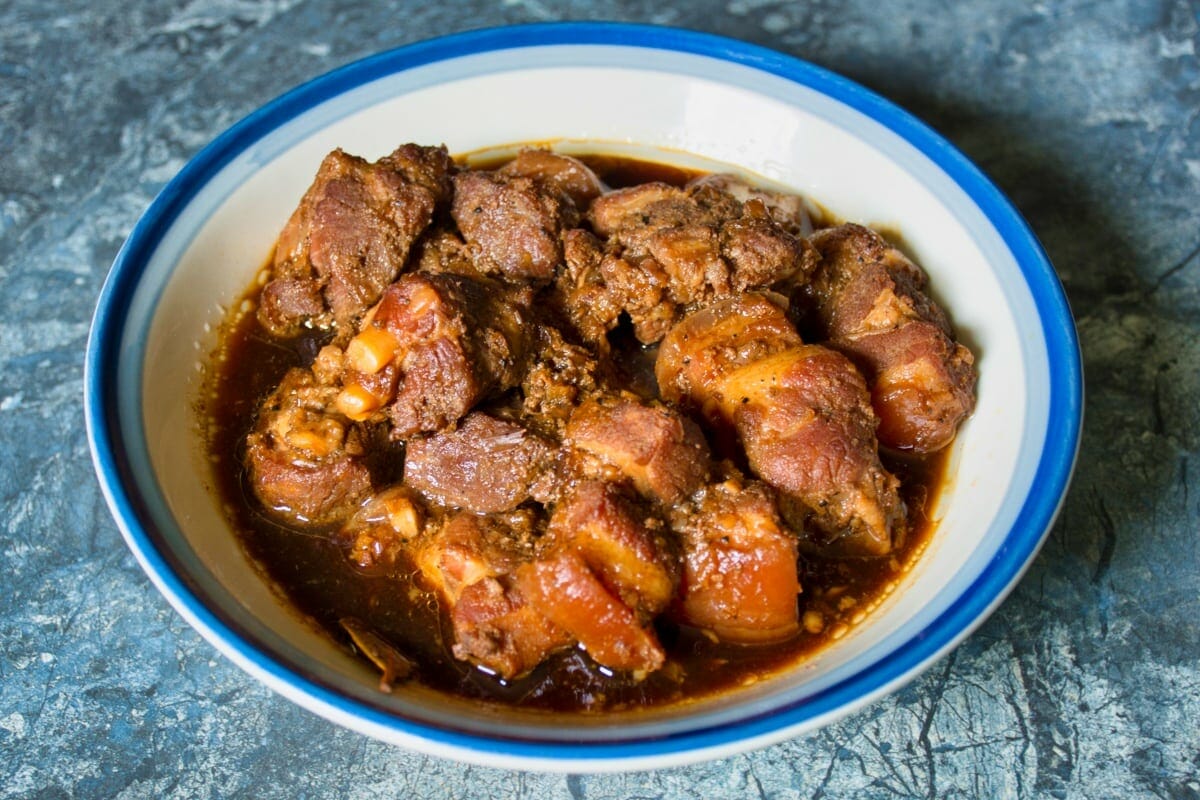
Pork preparations are an excellent way to demonstrate Filipino ingenuity, particularly in the kitchen. No animal part goes to waste. Pig feet are frequently stewed, knuckles are deep-fried, and chicken or pig intestines are used to produce isaw, a grilled skewered dish. This zero-waste philosophy pervades the most popular Filipino meals, with food being re-cooked and recycled on a regular basis.
And don't miss trying one of the endless ways Filipinos prepare pork belly: pork belly sisig, pork liempo, and even lechón burgers.
Dumpster diving dining
The practice of pagpag pushes Filipino resourcefulness in the realm of food to new heights (or lows, depending on your perspective). People in some impoverished parts of the country go to their local dumping grounds to scavenge for discarded food.
The word ‘pagpag’ translates to ‘shake off the dust or dirt,’ which is exactly what scavengers do before cooking what they find in the trash. While some people do this to feed themselves, others may even serve pagpag at their restaurants. The government condemns this practice because of its link to a variety of health problems and illnesses.
Sauces for every taste
Another defining facet of Filipino food is the overwhelming number of sauces accompanying most dishes. A very popular dipping sauce toyo’t kalamansi or toyomansi is a lime-infused soy sauce often garnished with a dash of chili pepper.
Agre Dulce (sweet and sour) is a milder dip that adds a moist salty sensation to foods like crispy and dry spring rolls. Fish sauce is another straightforward dipping sauce that is often mixed with diced tomatoes or lime juice.
Adobo: The national dish
Adobo, the country's unofficial national dish, can be made with pig or chicken meat, or perhaps both. Pork adobo is the most common, but there's also chicken feet adobo, chicken liver adobo, and even eggplant adobo. Overnight, the meat is marinated in soy sauce, vinegar, and crushed garlic. After absorbing all those flavors, the marinade is set aside (again the resourcefulness comes into play) while the meat is taken and browned.
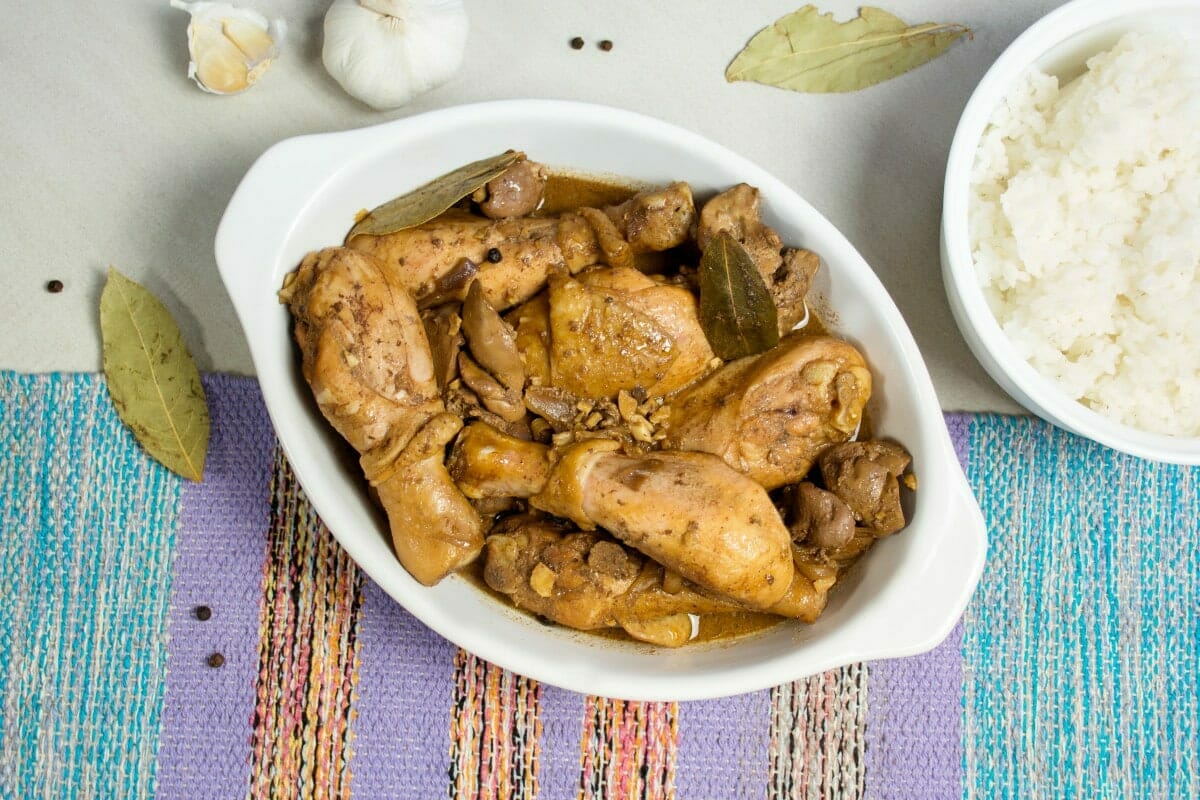
The sauce is then brought to a boil and used to continue cooking the meat until it is tender, usually for 40 minutes, but some slow cooker recipes call for considerably longer.
Siling mahaba can be added to the tangy soy sauce for a hotter kick. It's important to distinguish this meal from its Mexican counterpart, as the two have distinct flavors and appearances.
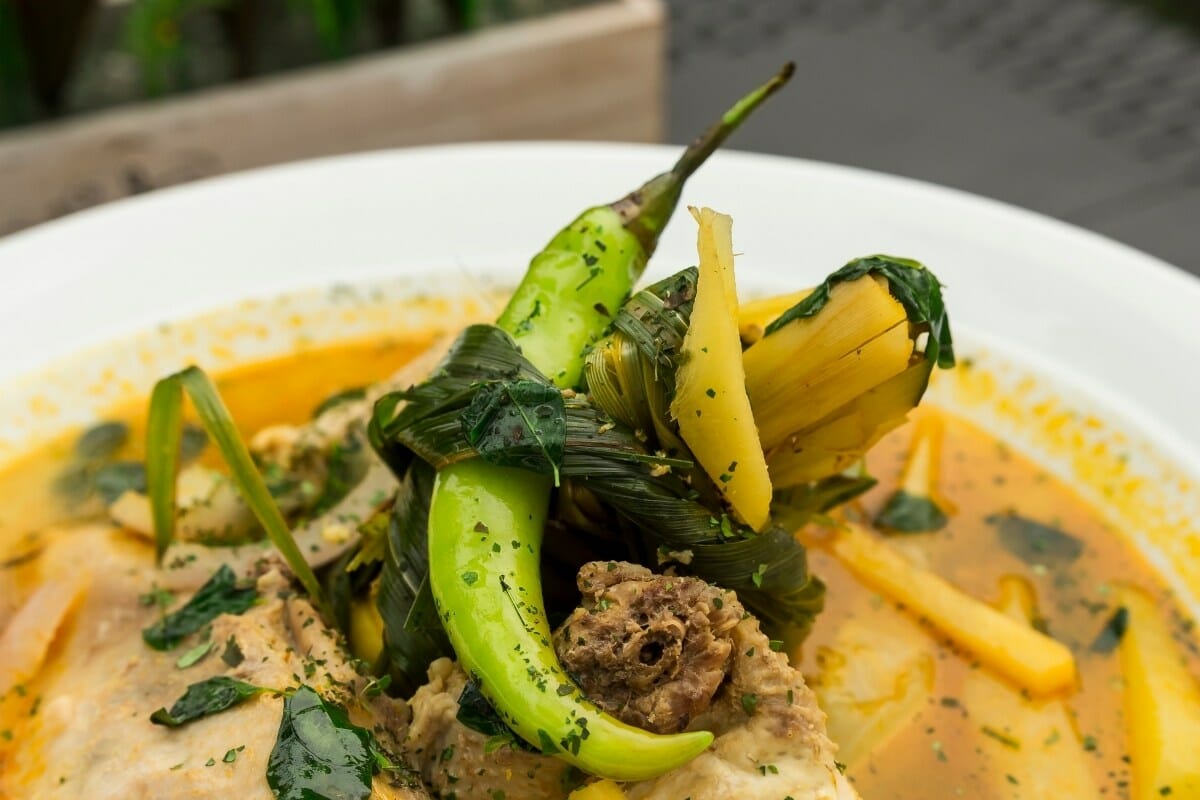
Sensational Sisig
The province of Pampanga is where you’ll find the best sisig. The traditional recipe uses pork face meat and chicken liver fried with finely chopped onions and chili peppers. That said, there are plenty of recipes utilizing more common cuts of meat. It must, however, be served on a sizzling stone plate with an egg or mayonnaise on top to add a moist, delicious flavor to the fried meat.
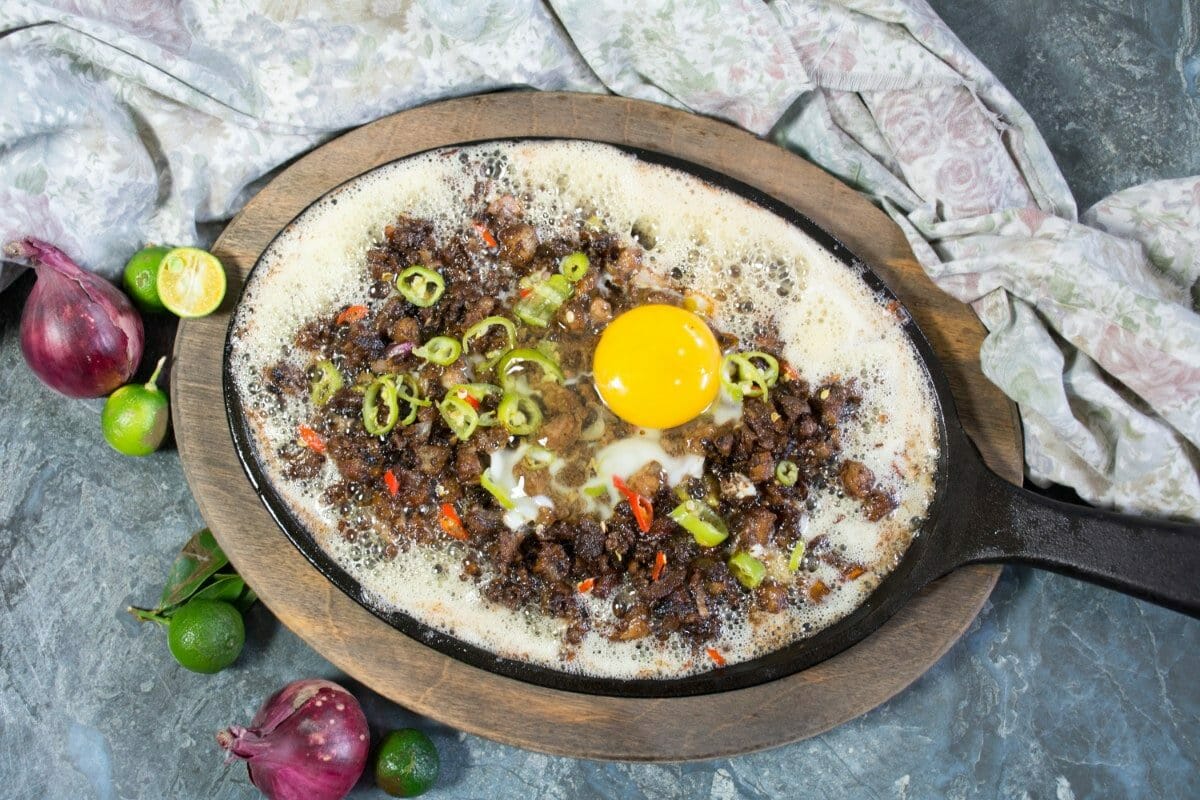
Kinilaw is a derivation of sisig that uses raw fish instead. On the other hand, tokwa’t baboy uses multiple different cuts of pork and tofu; taking on a stew-like quality.
Both of these variations however are seen more as appetizers and generally served in much smaller portions.
Cooked banana kebab festival
Street food is undoubtedly an important part of everyday life in major cities like Manila and Davao. Skewed dishes that often resemble kebabs are popular. Among the most notable incarnations of these are ginanggang, grilled bananas smothered butter and sugar. It typically uses the local saba cultivar of bananas, but you can use any if you want to try it at home!
This cooked banana is so popular it has its own annual festival in Mindanao in honor of Isidore the Laborer, a Spanish farmworker who showed kindness to the poor. During the festival, over 20,000 bananas are grilled simultaneously, and visitors of all ages are invited to take part. Two very long charcoal grills are set up along the streets of Barangay Poblacion where the public participates and helps make the festival grow every year.
As part of the festivities, the greatest ginanggang makers compete to see who has the most scrumptious grilled banana. There's also traditional Filipino folk dancing and even a beauty pageant, all to showcase this banana delicacy.
Pizza Peculiarities
Pizza is most certainly not from the Philippines but it does have some unique local variations. The pizza bread is toasted for a little longer than usual and is topped with sweet sausage, fresh-cut tomatoes, and lettuce. In other recipes, a salted egg is also added to the pizza. Even with the countless variants of pizza in the Philippines, it's easy to find a classic Margherita.
Pizza has become a staple in Filipino casual eating as a result of Western influences. Greenwich Pizza and Yellow Cab Pizza are two of the most well-known and famous homegrown brands. Both Filipino pizza companies feature branding and marketing that alludes to New York-Italian flavors.
Sex organ soup
While the usage of innards in some of the aforementioned recipes may appear unconventional, an exotic dish known as ‘Soup Number Five‘ might easily be regarded as the strangest, even for some local tastes. Soup Number Five contains the testicles and (sometimes) the penis of a bull. Yes, you heard that right.
Custard and caramel flan
Sweets and desserts are also very popular in the Philippines. However, one necessity for most desserts is that they must be colorful and fun – so they must look the part! There’s nothing remotely like a beige apple crumble or spotted dick here!
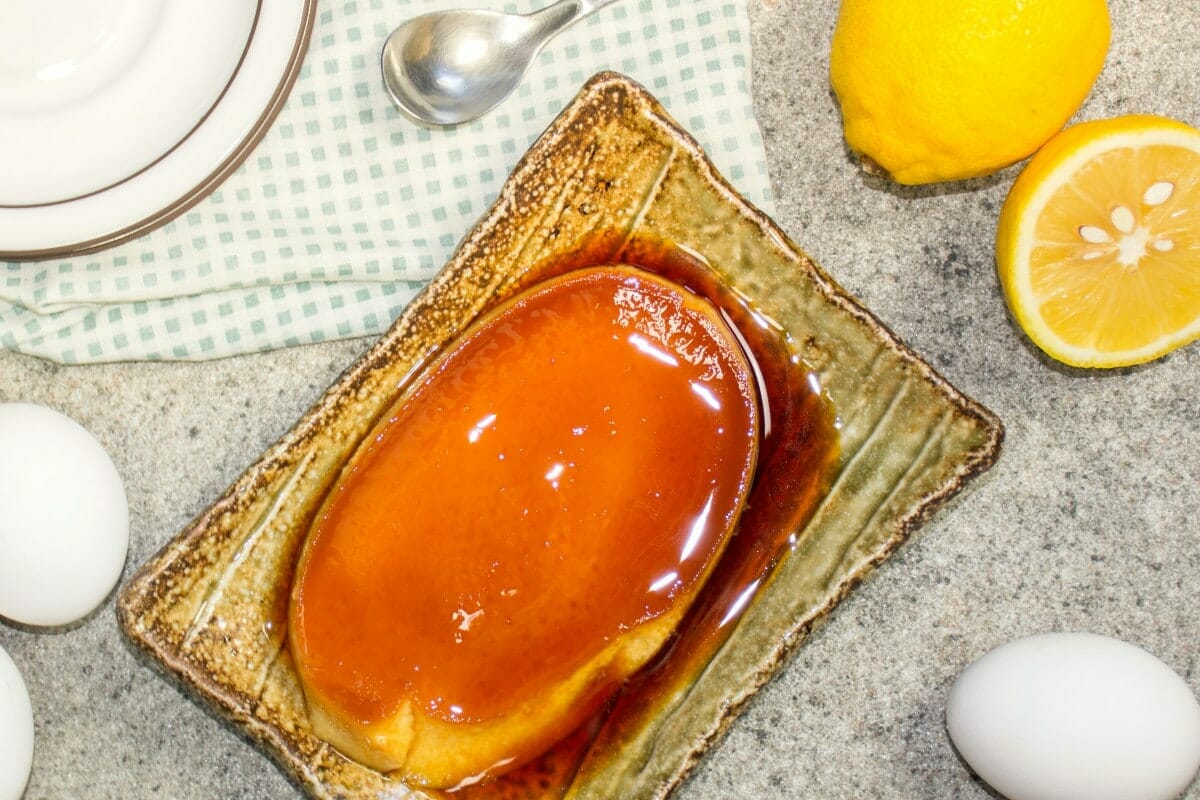
Leche flan might be known as a Spanish flan in other parts of the world, but Filipinos are proud to stamp their twist on the dessert. Custard and caramel combine to make a luxurious baked treat. The vibrant honeycomb color might be very similar to the international dish, but the Filipino style’s much more decadent and heavier taste makes a stark difference. Furthermore, it can be cooked again to make a flan cake.
Distinctly Pinoy Ice cream
Ube Ice Cream, which has a vivid purple glow, is another unusually colored dessert. The major ingredient, ube or purple yam, gives the dish its distinctive appearance. It's blended with heavy cream and sweetened condensed milk to create an irresistible dessert that's at the very least worth posting on Instagram. Purple ube brownies are also popular and there's no reason why you couldn't combine the two. Brownies and ice cream will not be refused anywhere.
Ube ice cream is also widely used as a component for halo-halo, which is Filipino for ‘mixed,’ an adequate name for this dish given its multitude of sweet entities all served together. Shaved ice, banana, jackfruit, and coconut all sit together in a bowl to make this miniature dessert buffet a staple food in Filipino cuisine.
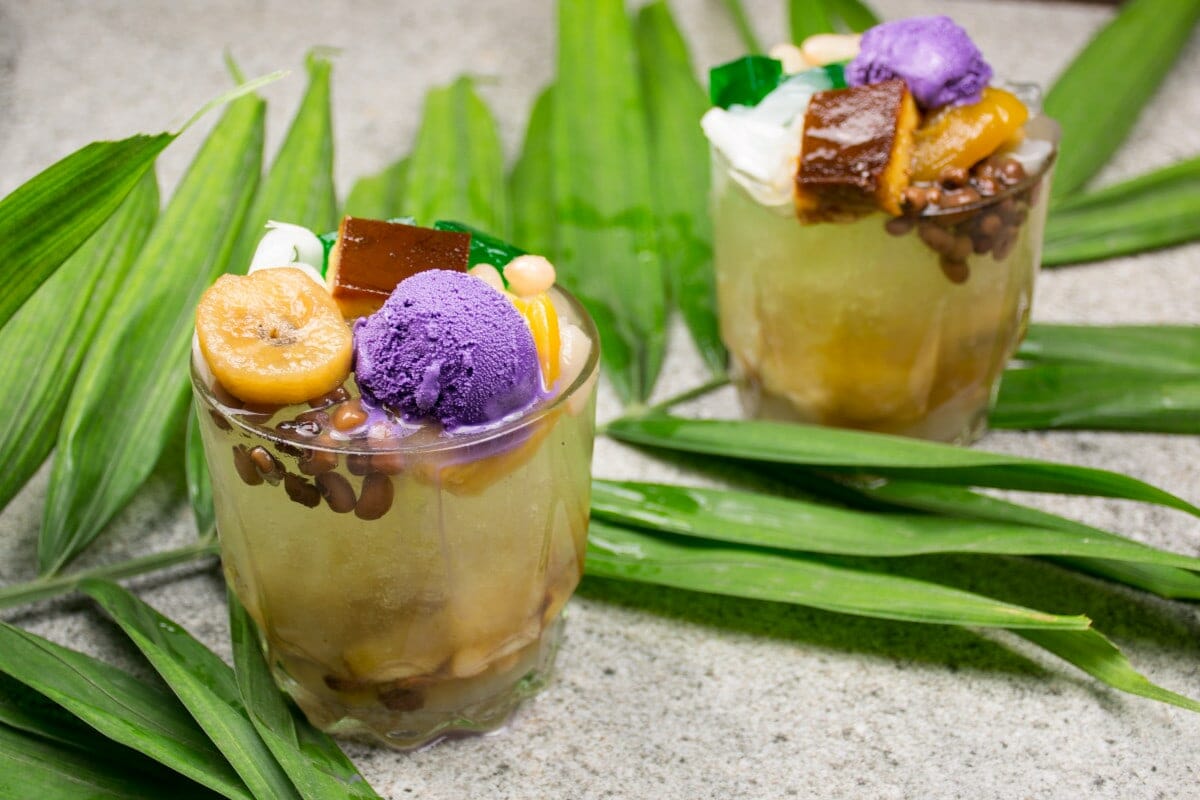
History suggests that the Japanese assisted with the development of this dish by adding sweetened azuki beans. Now, the dish is more likely to incorporate ice cream, flans, or even chocolate. Western takes on the dessert are known to serve halo-halo similar to Frappuccino and tapioca tea.
Fabulous Fine Dining
Kam’s Roast is one of the few Michelin-starred establishments in the country to exclusively serve Filipino food. While offering a more refined take on traditional pork dishes, Filipino culture is still at the heart of their menu with a multitude of roast meats on offer.
Located in Taguig City, Gallery By Chele also offers high-end Filipino fare and is regularly ranked among the best restaurants in the country. If you're interested in authentic Filipino fine dining experiences, this restaurant is worth a visit.
Cool Casual Dining
Max's Restaurant is a chain with 120 locations around the country, yet it has a long history. During the time when American troops occupied and patrolled huge portions of the country, the founder Maximo Gimenez maintained a café in Quezon City. He befriended them by providing free dinners, but it wasn't long before the troops insisted on paying for the high-quality food.
Everyone in town soon wanted to sample Max's fried chicken, steak, and whatever else he would cook up. A second store was eventually opened, and the company's success has continued to develop to the point that it now has locations all over the Philippines.
Jollibee – Worldwide Success For Filipino Chain Restaurant
Several Jollibee eateries have recently opened in the United States and the UK, readers. These are international branches of the wildly popular chain of restaurants that sell an eclectic mix of fried chicken, burgers, and spaghetti all under one roof.
It's a diverse combination of fast food that genuinely reflects Filipinos' appreciation of different flavors—and the business has proven to be popular in the Philippines since its inception.
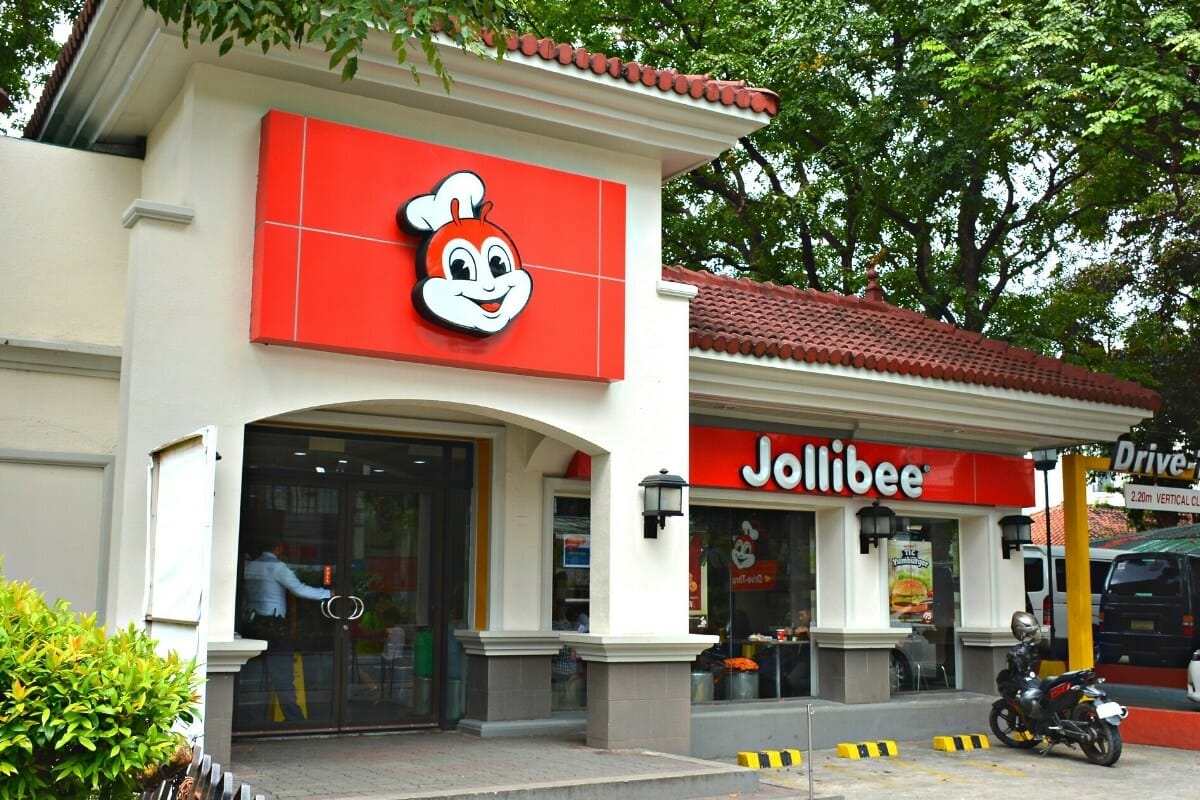
Jollibee started as an ice cream parlor in Quezon City, north of Manila. The original store in 1975 quickly incorporated other local businesses before becoming the most popular Filipino fast food chain. Jollibee has recently opened nine stores in the UK and has 59 scattered across the US.
The fastfood restaurant serves up an array of interesting meals with unusual names like ‘Yum Burger’, ‘Jolly Spaghetti’ and ‘Chicken Joy’. As an alternative to the heavy use of pork innards and offal products, Jollibee offers a safe introduction to Filipino food for Western tastes.
If you're as delighted as Filipino youngsters about the chain's mascot, Jollibee (a joyful red bee) may be working and you can pose for a photo with the renowned Filipino character.
